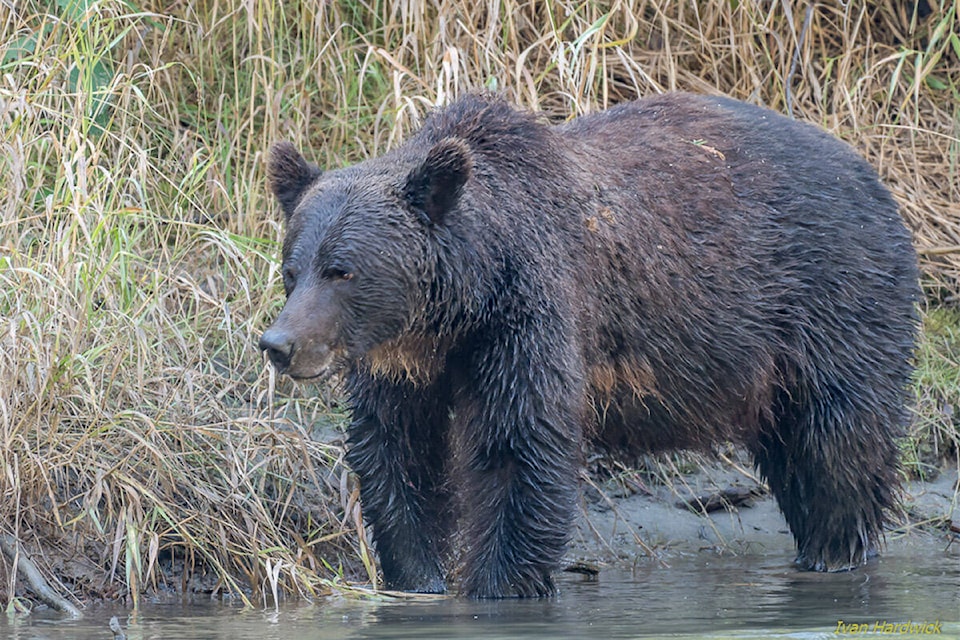One researcher at the University of British Columbia Okanagan says fur trapping practices need to change before more bears lose toes.
Dr. Clayton Lamb is calling attention to the number of grizzly bears in southeast B.C. missing toes after being caught in traps.
Lamb conducts research with the Irving K. Barber Faculty of Science and is an experienced trapper.
To better understand grizzly bear mortality, Lamb captured and collared 57 grizzly bears.
“These were not birth defects,” says Lamb. “Identifying how those toes were amputated and mitigating the source of amputation became one of the objectives of this study.”
Of the collared bears, four were observed to be missing toes on one of their front paws. Although Lamb says the wounds had healed, it causes challenges for bears to dig for food or defend themselves.
Discussions were had with tappers, Indigenous communities, scientists, conservation officers, wildlife managers, and guide outfitters to compare data, which ultimately revealed a pattern to the toe loss and confirmed reports of bears being killed with small mammal body-gripping traps still on their feet.
It was also found the initial snap of the trap isn’t the cause of the lost limbs, but rather the prolonged duration of it being stuck on the paw.
“Even with the small sample, it was clear that baited traps attracted bears and that bears set off the traps to get the food. We have pictures and videos showing the bears investigating the traps and manipulating the boxes with their paws.
“The bone loss observed in the bears either happened from a weakening of the bone during necrosis and infection, or from force applied to the bone from the trap while the bear walked or ran with the trap still on its foot.”
To decrease the number of grizzly bears being injured, Lamb suggests an official delay from Nov. 1 to early December to give bears time to fully hibernate.
He also recommends a different trap in which a bear paw could not fit inside to grab the bait.
“The most viable solution to the amputated toe issue requires that bears’ feet do not enter these traps at all,” he says. “The solutions we present have various pros and cons, and we hope this work can help policy-makers choose a solution that will resolve the amputated toe issue while ensuring trappers continue to have the important opportunity to trap furbearers.”
The full UBC Okanagan report can be found on their .
READ MORE:
READ MORE:
brittany.webster@blackpress.ca
Like us on and follow us on



